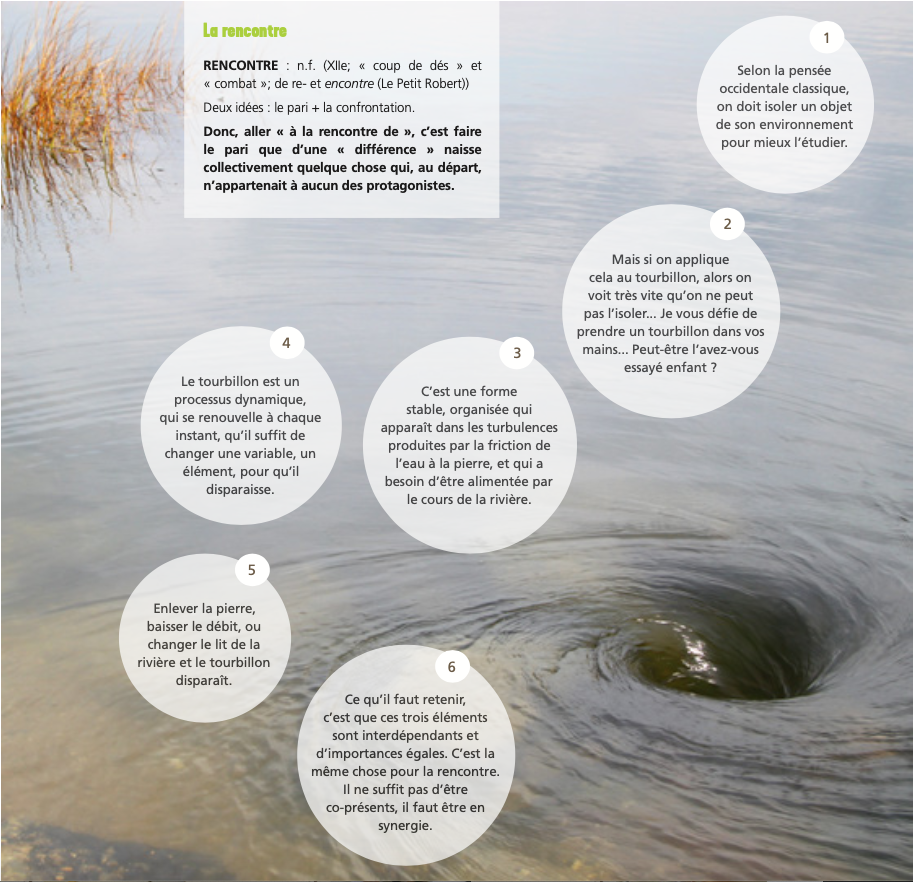Organizational Planning
Creating a project structure and a set of processes, a system of relationships
What does this involve?
- Determining who does what, i.e., forming the project team.
- Defining the project's organizational chart: who is accountable to whom?
- Establishing various processes such as collaboration, decision-making, content validation, quality control, and efficiency.
- Identifying the major project milestones, prioritizing them, sequencing them, and ordering tasks, etc.
Mapping the Project Ecosystem (Stakeholders)
Designing the project ecosystem is an exercise that helps you better understand the environment in which the project operates. It involves establishing connections among stakeholders and gathering information about the roles and capacities of different project actors in contributing to the project's realization. This exercise visually highlights all interrelationships among stakeholders.
"Stakeholders" refer to all individuals who will directly or indirectly participate in the project. They will all be affected in some way by its implementation and/or its outcome.
How to proceed?
1st Step: Inventory and name stakeholders
Questions to consider:
- What needs to be mobilized in the project when stating the problem?
- When seeking possible and acceptable solutions beforehand?
- During the implementation of selected solutions accepted by stakeholders and/or a community?
- What are their respective areas of expertise?
- Are they complementary or redundant?
- At what project stages should they intervene?
- How do you plan to gather other individuals around the project?
- How will you motivate them to participate?
- What will their roles and responsibilities be, whether they are stakeholders, consultants, or community members?
- What are the strengths, resources, and means present in the community?
- Who is the target audience of the project's outcome?
- Who should be involved in the project's decision-making stages? Who should be consulted in the project content development?
Different levels may appear. Here's an example:

2nd Step : Organize stakeholders
Creating an organizational chart with partners helps create a shared and consensual vision of everyone's commitment to the project and facilitates communication with all participants.
The organizational chart expresses the roles and responsibilities of each party as well as the relationships between them.
Voici l’exemple du modèle novateur de gouvernance collaborative de la Chaire UNESCO en transmission culturelle chez les Premiers Peuples comme dynamique de mieux-être et d’empowerment, exprimant le positionnement des différentes parties prenantes d’un projet.
Cette vidéo offre également du contexte.
La forme ovale du modèle symbolise la fécondité de l'œuf, de la matrice. La couleur rouge représente la présence autochtone : toutes les nations autochtones du monde à la base des actions de la chaire et le comité des Sages au cœur de la modélisation. Cette présence autochtone est également le liant entre les parties prenantes, leur raison d’être ensemble. Ce modèle de la Chaire UNESCO met en valeur le potentiel d’harmonisation entre des chercheurs communautaires et des chercheurs universitaires exigeant une dynamique de co-apprentissage interculturel.
Kaine, Élisabeth et Denise Lavoie. « La gouvernance en recherche autochtone : « Pour y arriver, tu dois d’abord désapprendre ce que tu sais et ensuite m’écouter ». Revue d’études autochtones, volume 52, numéro 3, 2022–2023, p. 105–113. https://doi.org/10.7202/1110703ar
Questions to consider:
- Can stakeholders be grouped? If yes, why (e.g., because they have a similar role)?
- What is the role of this group (e.g., funder, target audience or user, designer, project team, decision-maker, validator, advisor, etc.)?
- What level of involvement is desired for this group (e.g., to be consulted, involved in decision-making, to remain silent, to observe, etc.)? What is the frequency and timing of their participation (e.g., once at the beginning, monthly, throughout the project, etc.)?
- What are the relationships between different groups?












